
Destination
16:36, 09-Mar-2019
Ancient bridge in Beijing's eastern suburb to 'retire'
Geng Siyuan
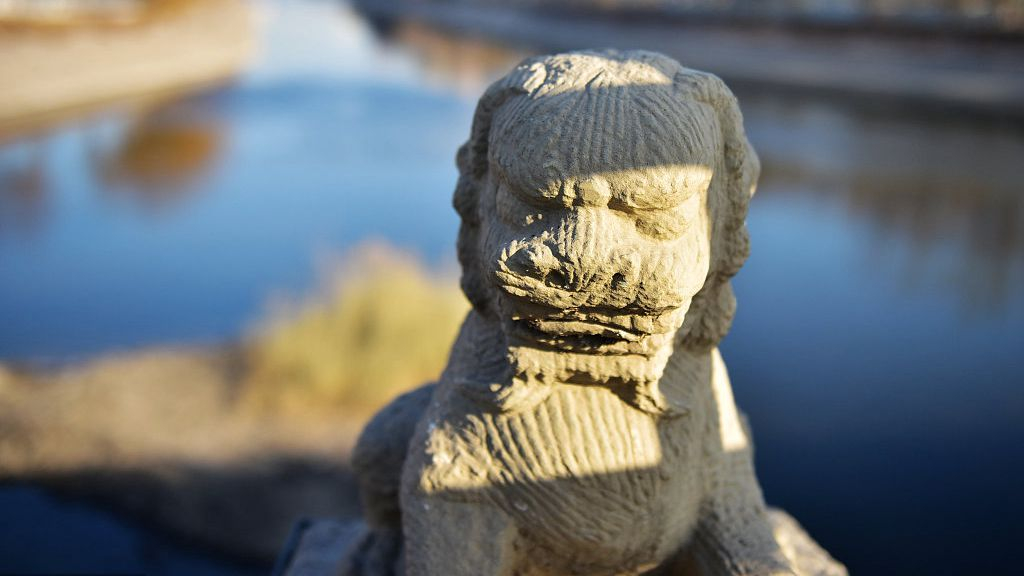
Baliqiao Bridge, also known as Yongtongqiao Bridge, was built in 1446 in the Ming Dynasty and spans the Tonghui River, connecting Tongzhou County and the city center of Beijing. It is named after the Tongzhou Bali and is located in Chaoyang District.
As one of the three ancient bridges in Beijing, it was listed as a “Major Historical and Cultural Site Protected at the National Level” and, in 2014, was made a World Cultural Heritage site.
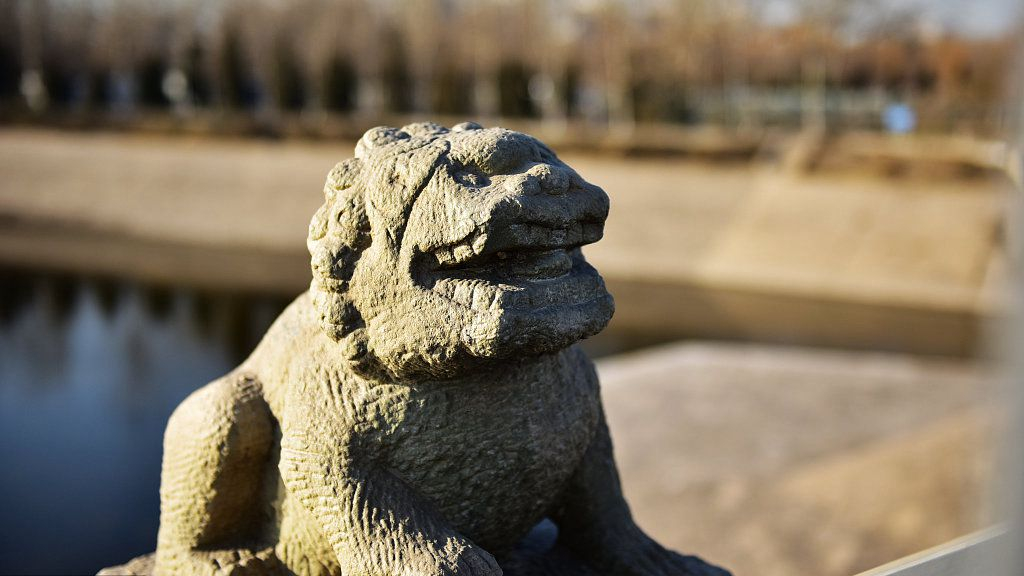
A stone lion on the Baliqiao Bridge, in Beijing's eastern suburb. /VCG Photo
A stone lion on the Baliqiao Bridge, in Beijing's eastern suburb. /VCG Photo
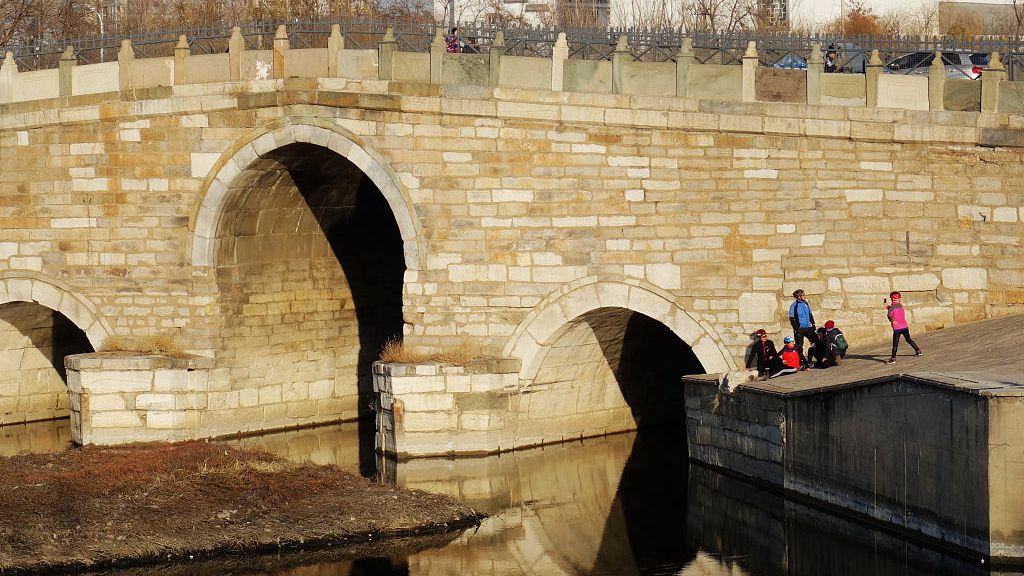
People enjoying their outdoor time at the Baliqiao Bridge. /VCG Photo
People enjoying their outdoor time at the Baliqiao Bridge. /VCG Photo
But now, the old bridge can finally breathe a relief. After nearly a year of construction, the main structure of the New Baliqiao Bridge, located about 152 meters upstream of the original one, has been completed and is now open to traffic. The ancient bridge will "retire" and be temporarily closed for conservative repairs.
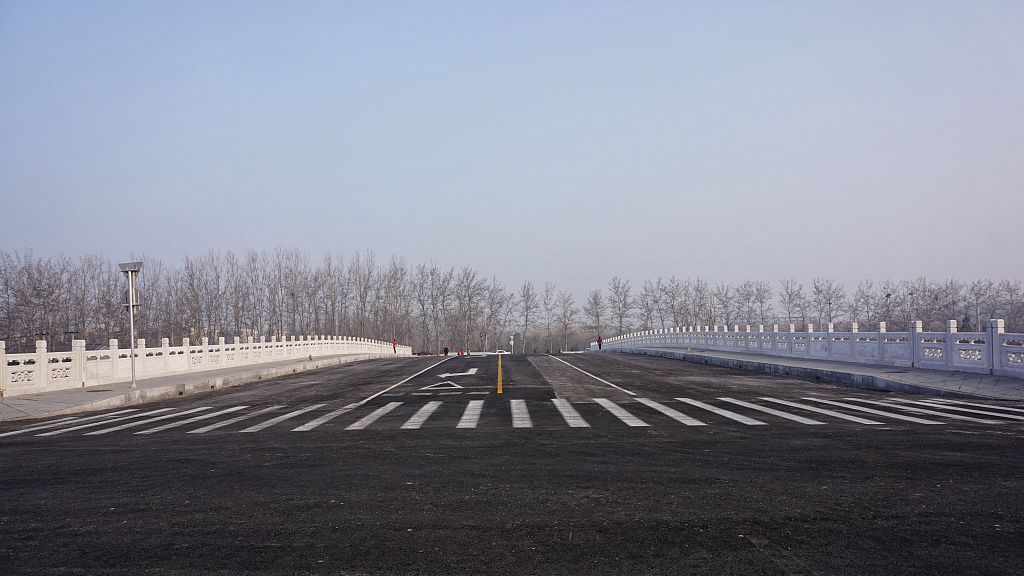
The much wider new Baliqiao bridge opens to traffic in Beijing's eastern suburb. /VCG Photo
The much wider new Baliqiao bridge opens to traffic in Beijing's eastern suburb. /VCG Photo
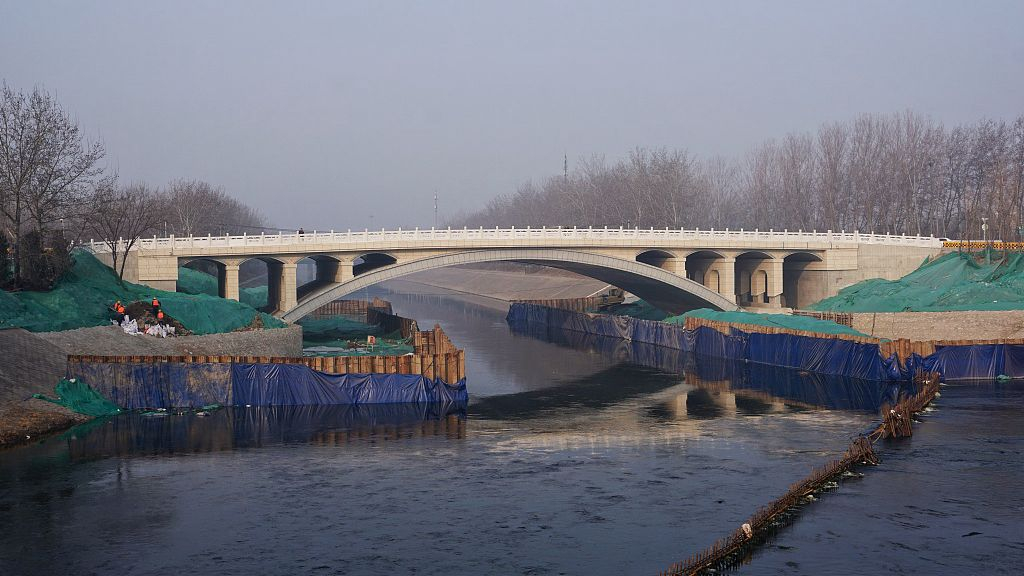
The New Baliqiao Bridge in eastern Beijing suburb. /VCG Photo
The New Baliqiao Bridge in eastern Beijing suburb. /VCG Photo
Heavy traffic passed over the original bridge for hundreds of years and its deactivation came due to safety reasons. The existing asphalt on the bridge will be removed and the original appearance of the stone bridge will be restored. The most recent restoration happened about five years ago and it was during that time that protection nets were installed on the sides of the bridge to protect the stone lions from being vandalized.
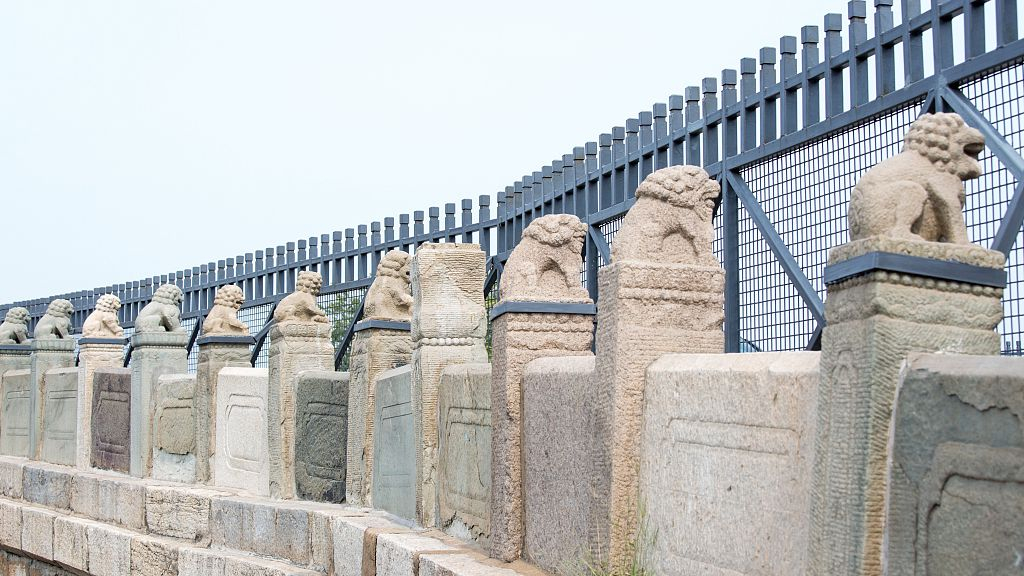
Stone lions and their protect net. /VCG Photo
Stone lions and their protect net. /VCG Photo
After the repairs, Baliqiao Bridge will have greenery at its side, will serve as the south gate of Yongtong Park and be open to the public.

SITEMAP
Copyright © 2018 CGTN. Beijing ICP prepared NO.16065310-3
Copyright © 2018 CGTN. Beijing ICP prepared NO.16065310-3